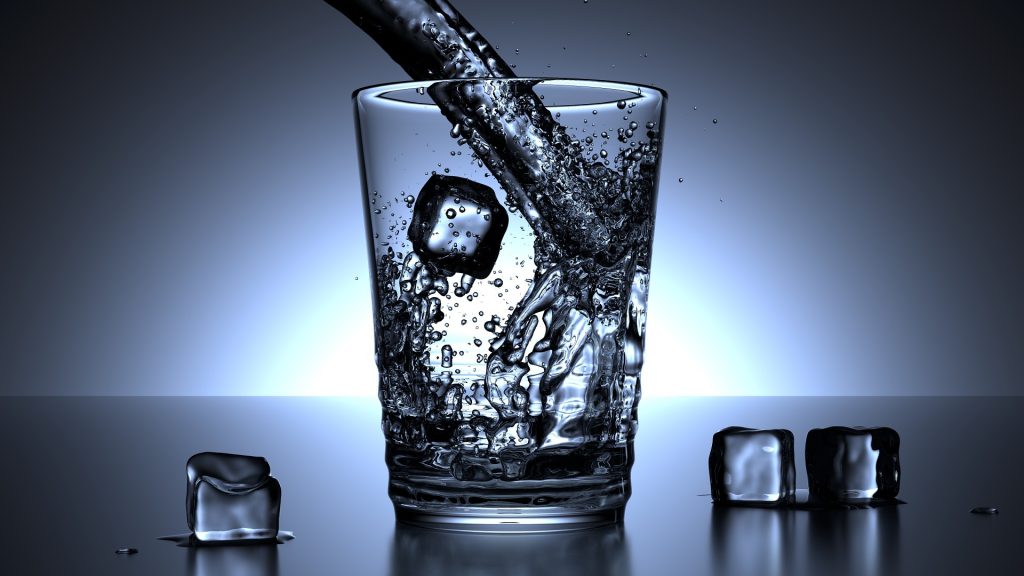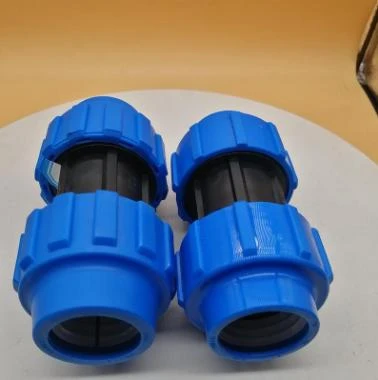May . 27, 2025 10:21 Back to list
Durable PVC Perforated Pipes for Efficient Drainage Factory Direct
- Overview of PVC Perforated Pipes in Drainage Solutions
- Technical Advantages Over Traditional Materials
- Leading Manufacturers and Factory Capabilities
- Customization Options for Specific Applications
- Case Studies: Real-World Performance Metrics
- Installation Best Practices and Maintenance Tips
- Future Trends in PVC Perforated Pipe Manufacturing

(pvc perforated pipes)
Understanding the Role of PVC Perforated Pipes in Modern Drainage Systems
PVC perforated pipes have become indispensable in drainage infrastructure due to their durability, cost-efficiency, and adaptability. These pipes are engineered with precision-drilled holes to facilitate optimal water flow, making them ideal for agricultural, residential, and industrial drainage projects. According to industry reports, the global demand for perforated PVC drainage pipes has grown by 12% annually since 2020, driven by urbanization and climate-resilient infrastructure needs.
Technical Advantages Over Traditional Materials
Unlike concrete or metal alternatives, PVC perforated pipes offer a 40% reduction in installation time and a 25% lower lifetime maintenance cost. Key technical benefits include:
- Corrosion Resistance: Withstands pH levels between 2 and 12.
- Pressure Capacity: Rated for up to 150 PSI, outperforming HDPE equivalents.
- Longevity: 50-year service life under standard soil conditions.
Leading Manufacturers and Factory Capabilities
Top perforated PVC pipe manufacturers utilize ISO-certified production lines and robotic quality control systems. Below is a comparison of three industry leaders:
| Manufacturer | Pipe Diameter Range | Certifications | Production Capacity |
|---|---|---|---|
| DrainFlow Pro | 4" – 24" | ASTM F794, ISO 9001 | 8,000 meters/day |
| AquaMaster PVC | 6" – 36" | NSF-61, UKCA | 12,000 meters/day |
| EcoDrain Solutions | 2" – 18" | EN 1401, WRAS | 5,500 meters/day |
Customization Options for Specific Applications
Factories provide tailored solutions based on project requirements:
- Hole Patterns: Slot sizes from 1mm to 10mm, staggered or linear arrangements.
- Material Blends: UV-stabilized PVC for above-ground use or NSF-approved compounds for potable water zones.
- Joint Systems: Solvent welding, rubber gaskets, or push-fit connectors.
Case Studies: Real-World Performance Metrics
A 2023 agricultural drainage project in Texas demonstrated a 90% reduction in soil salinity after installing 8" perforated PVC pipes with 5mm slots. In contrast, a municipal stormwater system in Florida achieved a 30% faster drainage rate compared to corrugated metal pipes during hurricane testing.
Installation Best Practices and Maintenance Tips
Proper trench preparation and pipe alignment are critical. Key recommendations include:
- Wrap pipes with geotextile fabric to prevent clogging
- Maintain a minimum slope of 0.5% for gravity-driven systems
- Conduct annual CCTV inspections for commercial installations
Future Trends in PVC Perforated Pipe Manufacturing
As sustainability mandates intensify, manufacturers are developing PVC perforated pipes with 30% recycled content while maintaining ASTM standards. Smart drainage systems integrating sensor-equipped pipes are projected to capture 15% of the market by 2027, particularly in flood-prone regions.

(pvc perforated pipes)
FAQS on pvc perforated pipes
Q: What are the primary applications of PVC perforated pipes?
A: PVC perforated pipes are mainly used for subsurface drainage systems, agricultural irrigation, and leach fields. Their perforations allow water to enter or exit the pipe, preventing waterlogging and soil erosion. They are ideal for managing excess groundwater efficiently.
Q: How do I choose reliable perforated PVC pipe for drainage manufacturers?
A: Look for manufacturers with certifications like ISO or ASTM, which ensure quality standards. Check their industry experience and customer reviews. Reputable suppliers often provide customization and technical support for drainage projects.
Q: What quality checks do perforated PVC pipe for drainage factories perform?
A: Factories test raw materials for durability, verify perforation patterns for consistency, and conduct pressure-resistance tests. They also ensure compliance with international drainage standards. Proper packaging and certifications are provided upon request.
Q: Why choose PVC over other materials for perforated drainage pipes?
A: PVC is corrosion-resistant, lightweight, and cost-effective compared to metal or concrete alternatives. Its smooth interior minimizes clogs, and it has a long lifespan even in harsh conditions. PVC is also easier to install and maintain.
Q: What should I consider when installing PVC perforated pipes for drainage?
A: Ensure proper gradient for water flow, use geotextile fabric to prevent clogging, and secure joints with compatible fittings. Avoid placing pipes in areas with heavy vehicular load unless reinforced. Regular inspection helps maintain system efficiency.
-
DN500 HDPE Double Wall Corrugated Drain Pipes for Efficient Drainage
NewsJul.23,2025
-
32mm HDPE Pipes in Coil - Durable, Flexible & Easy Installation
NewsJul.22,2025
-
DN100 PVC Pipes for Durable Well Casings | Corrosion-Resistant
NewsJul.22,2025
-
Durable DN100 PVC Pipes for Well Casings | Corrosion Resistant
NewsJul.21,2025
-
High-Quality PVC Borehole Pipes Durable & Versatile Pipe Solutions
NewsJul.08,2025
-
High-Quality PVC Perforated Pipes for Efficient Drainage Leading Manufacturers & Factories
NewsJul.08,2025

